How H. G. Wells’ iconic book The Time Machine inspired the invention of the film projector and the movie studio
By Simon Schaffer, presenter of Mechanical Monsters
The greatest science fiction story of the 19th Century – and one of the greatest ever written – H. G. Wells’ The Time Machine first appeared as a serial in the London magazines and then as a book in May 1895.
His story found many readers in London at the century’s end. One was a clever young engineer, Robert Paul, perfectly placed in the new-fangled communications and electrotechnology networks of the capital to understand and exploit The Time Machine’s message.
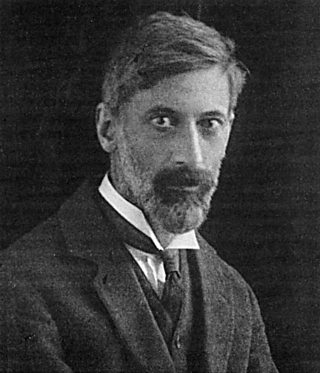
In 1891, aged just 22, Paul set up his own firm in Hatton Garden, in the middle of what was effectively the Silicon Valley of the late 19th Century capital. The firm made reliable and cunningly-designed equipment for the global telecommunications network, with its reliance on long-range electric signalling and mass-produced transmission equipment.
The first kinetoscope parlours, amusement halls where customers could watch crude moving pictures in single-viewer image machines for two pence a look, opened in the city.
Paul got the contract to copy these devices, realising that profit would quickly flow to anyone who could work out how to show such sights to whole crowds simultaneously: a scaled-up theatre of moving images that would soon become cinema.
When he read Wells’ story in that fateful May of 1895, Paul saw at once the commercial and technical implications. He invited Wells to his Hatton Garden workshop, and by October 1895 the two men had worked out ‘a novel form of entertainment whereby the spectators are given the sensation of voyaging upon a machine through time’.
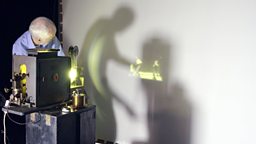
Amazing advances in moving picture design
This 120-year-old time machine combines Paul’s amazing technical advances in moving picture design: the invention of the cinema projector; the clever technique of projecting and then interrupting each frame as it moves forward; the ambitious sensuround experience of the movie theatre, with rocking seats and shifting projection screens. It’s a whole-body experience of moving smoothly into the future and the past, seeing for yourself what was in store and what remained of the ruins of high Victorian industrialism.
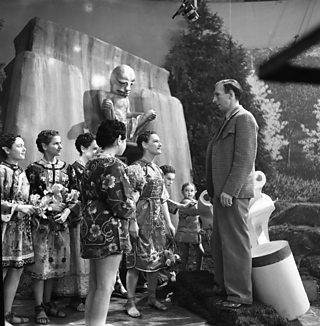
The Time Machine helped give us the film projector and the movie studio – Paul opened one of the very first in Britain up in Muswell Hill in 1897, just a couple of years after his time machine project.
In Mechanical Monsters, 21st Century viewers get to experience directly the skills of magic lanternist and moving image machinists, the genius that allowed Wells and Paul to imagine their future and then make it a reality.
And there’s more: the visions built into these image machines were monstrous, threatening, apocalyptic.
It seemed to these youngsters as if at long last all the puzzles of the cosmos and the challenges of urban life stood on the brink of solution, through high powered engineering and skilful technology, unprecedentedly powerful machinery and omnipotent instruments, devices that could penetrate deep space and the most distant reaches of prehistoric time.
The planet’s origin in fiery clouds of luminous gas, the origin and fate of the dinosaurs, the mastery of the oceans and the skies were all about to be understood, controlled, achieved.
Yet in the very same moment, the future seemed dark, uncertain, intimidating. That great dilemma, the excitement of an advance whose consequences may well bring armageddon, make the world that spawned The Time Machine seductively and disturbingly familiar: it’s the way we live now.
- Images from
From the archive: H. G. Wells looks to the future
While war still raged in World War Two Europe, writer and broadcaster H. G. Wells asked whether humanity could adapt and forge a ‘new world’ free from ‘economic and political aggression against each other’.
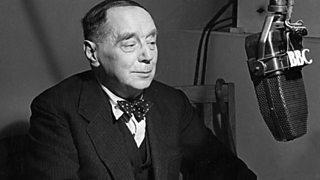
He stressed the requirement for a centralised, global power, above that of individual nations, and the need to ensure that there is no further use for slavery.
Wells also believed that no race should ever be considered ‘backward’, that the supreme task was the re-education of the world and that we must never allow the ‘black record of intolerance to hold us back’.
- 🔊 (15 January 1943)
A portrait of the 19th Century, courtesy of The Time Machine
It is easy to find many of the terrors that haunt the future in The Time Machine’s amazing visions: fraught social divisions turn into harsh biological struggles for survival; environmental changes extinguish life; technologies produce a world of progress, whose stark effects they can scarcely manage.
The modernity of Wells’ world makes it too easy to forget that his tale, the work of a 29-year-old science student and journalist, was an immediate and brilliant response to the challenges of his own generation — challenges that it is ever more important to understand right now.
He was living through a world still dominated, as he and his friends saw it, by the old order, with its aristocratic conceits and sclerotic prejudices, its incapacity to change and its snooty condescensions. Out of touch just when it mattered most.
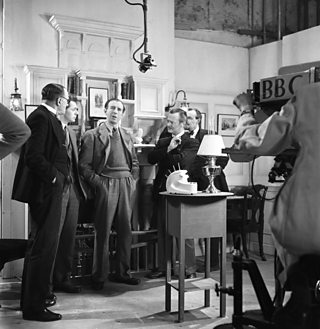
Yet at the very same time – so it must have seemed from the bustling streets of the world’s largest industrial city and its astonishing laboratories, exhibitions and workshops where Wells studied, observed and wrote – this world was undergoing unprecedented and dramatic technical and social change:-
- new ways of communicating across space and time with sound recording and electromagnetic signaling;
- new kinds of automotive transport on roads and in the air;
- new kinds of technical weaponry capable of mass killing; and
- new forms of penetrating radiation and powerful medical and physical instruments.
His generation had seen successive innovations that offered, simultaneously:-
- new kinds of security over disease;
- new pictures of the immensely distant past and the imaginable future; and
- new ways of conquering nature and making the world unprecedentedly rich.
And these machines often seemed monstrous: they could overwhelm puny humans, turning them into so many cogs in the wheels of progress and technology. It was as if the mechanical monsters were becoming more and more animate, while humans were transforming themselves into machines.
This was the world whose future the Time Traveller visited, and whose ghastly and amazing prospects he described to his gawping friends and which still grip us now.

Historian Simon Schaffer comes face to face with a monster telescope: the ‘Leviathan’
Completed in 1845, this was, in its time, the largest telescope in the world.

Crossness Pumping Station contains one of the engineering wonders of the 19th century
Giant steam pumps, used to take sewage out of London and improve people’s hygiene.
-
![]()
Mechanical Monsters on ³ÉÈË¿ìÊÖ iPlayer
Simon Schaffer reveals the engineering wonders of the 19th century: computers made out of cogs, giant replica dinosaurs, huge telescopes and devices heralding the birth of cinema.

